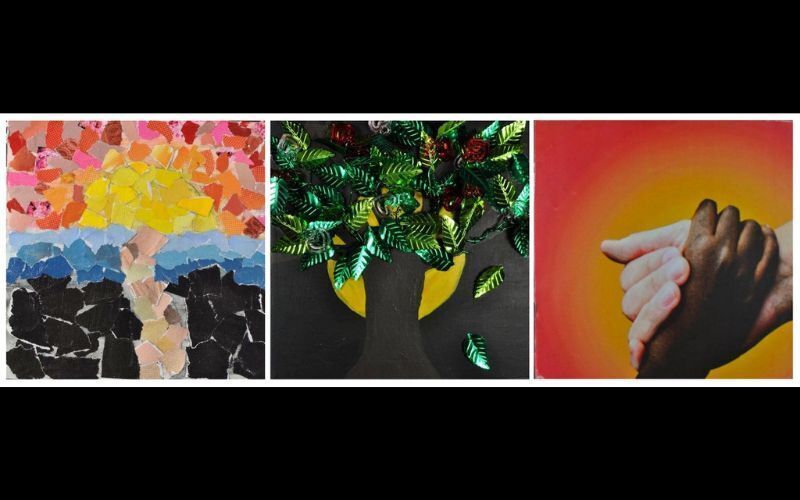What does the word compassion mean to you? If you had to draw a picture of it, could you? In Appleton a unique collaborative project is taking shape, challenging through the merger of the sciences, arts, and letters the ways in which we consider compassion and what it means to be human.
The inspiration behind the Appleton Compassion Project came about when Trout Museum of Art executive director Tim Riley saw a "Brain to Five" series presentation on the science of compassion by UW-Madison neuroscientist and Wisconsin Academy Fellow Dr. Richard Davidson. Supported in part by the Wisconsin Academy and hosted by the Appleton Education Foundation and UW-Madison's Waisman Center, Davidson's presentation highlighted research indicating those who exhibit compassionate behavior are generally happier people. What's more, Davidson's research shows that compassion can be learned—and practiced—as a skill. In this way, "a little more joy might be within everyone's reach," says Davidson.
Davidson's words sparked an idea in Riley, who envisioned a way to facilitate the understanding and perhaps enhance the practice of the rather complex emotion in a large and creative swathe of the community: children. In the fall of 2010 Riley and Jim Heiks, the visual arts coordinator for the Appleton Area School District began the ambitious Appleton Compassion Project by distributing six-by-six-inch art panels to all 10,436 Appleton Area School District (AASD) K-12 art students with an invitation to draw or paint their concept of compassion. Every student also was asked to write a brief statement about his or her work.
The science behind Davidson's research suggests that this sort of contemplation is good for our brains, contributing to better neuroplasticity, which is how brains grow. "Davidson's research on the brain—while admittedly a daunting subject to many of us—has shown that a scientific method is a useful tool in building an argument for compassion, too," says Riley.
In neighboring La Crosse, WI, the school district took on a similar Compassion Project with students creating over 6,000 tiles that eventually became a series of traveling exhibits.
Back in Appleton, Lawrence University art students took on the challenge of creating compassion by creating a dozen, newly cast, custom-made manhole covers for a local street. Now pedestrians in downtown Appleton can look at the sidewalk to remind them of compassion.

